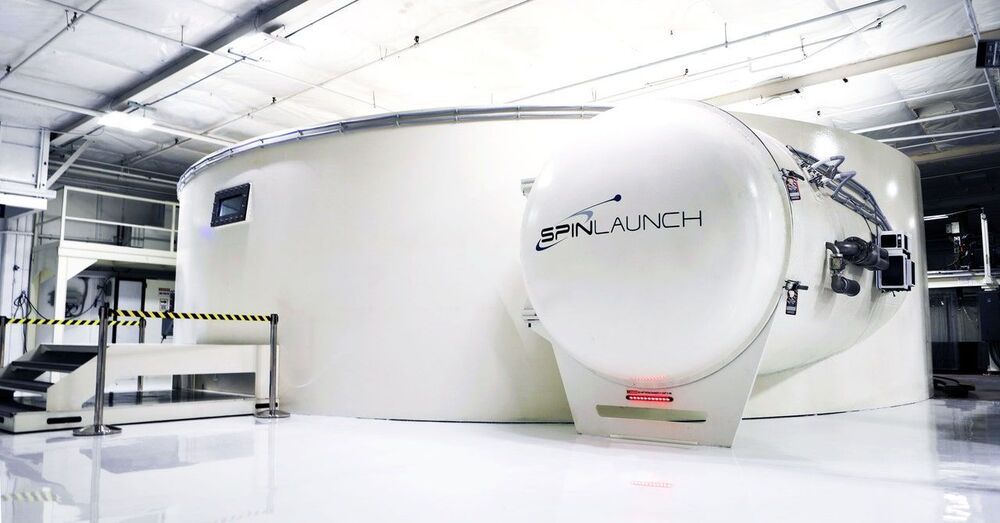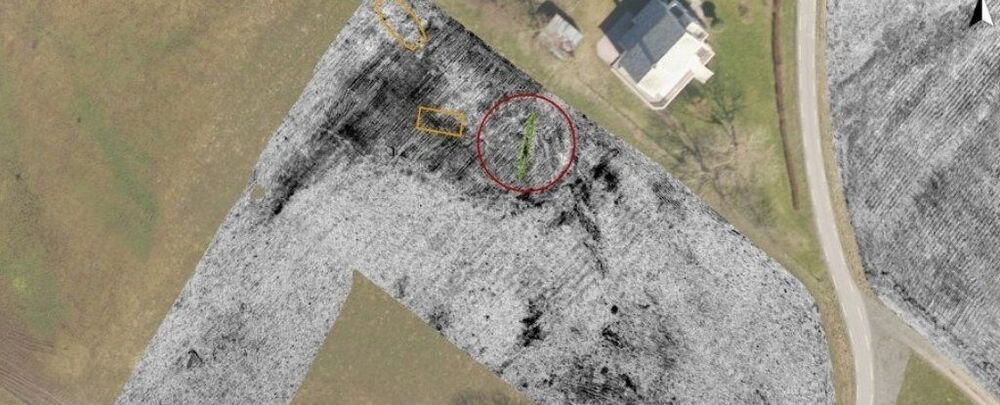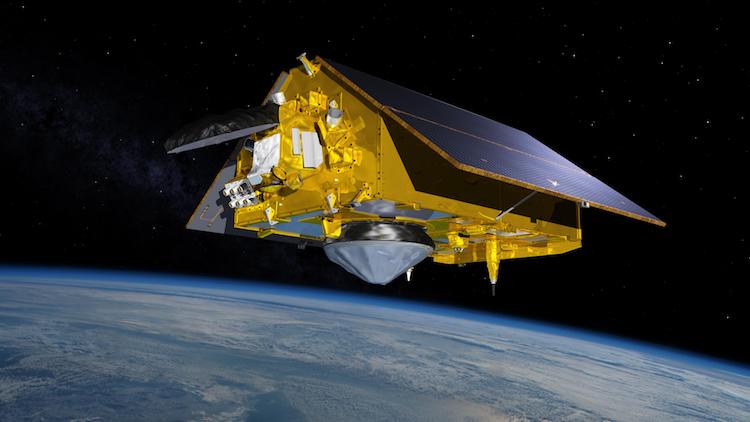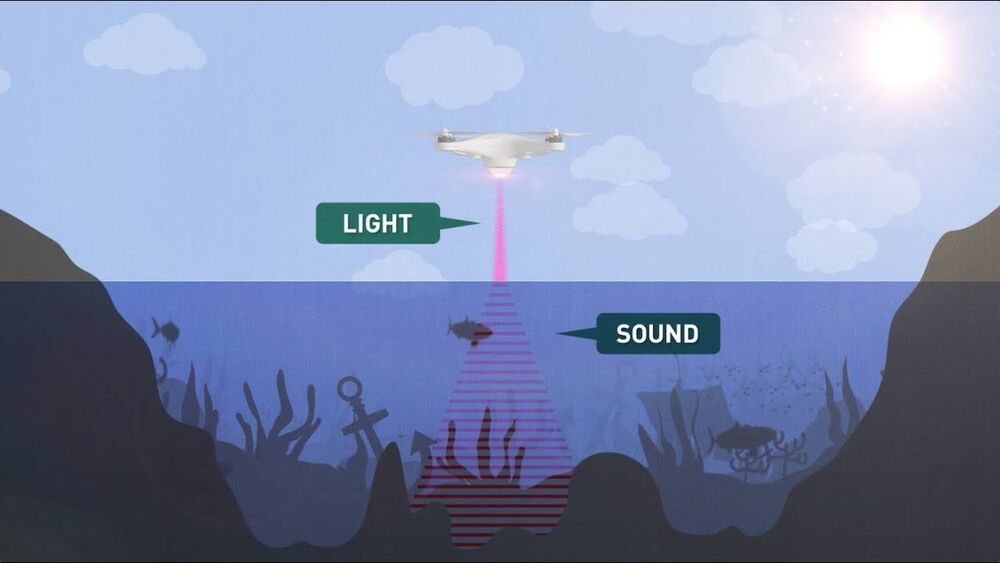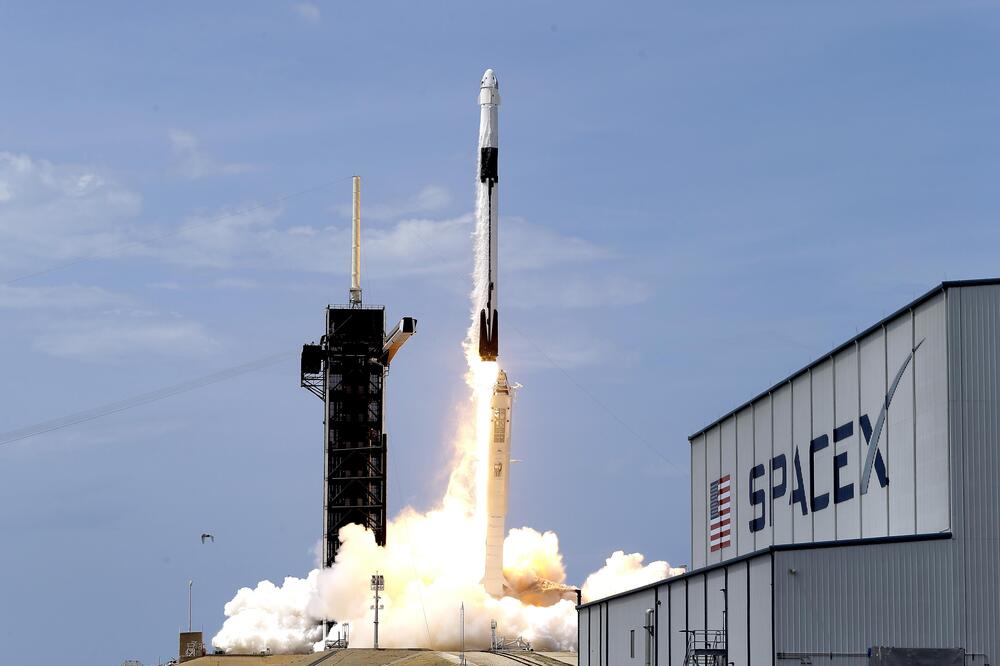The launch window for Virgin Orbit’s Demo 2 mission will run from Dec. 19 to 20.
Category: satellites – Page 111
😃 So the old ways still work!
A startup called SpinLaunch wants to do away with costly launch rockets. Let’s look at the physics.
National Geographic magazines and Indiana Jones movies might have you picturing archaeologists excavating near Egyptian pyramids, Stonehenge, and Machu Picchu. And some of us do work at these famous places.
But archaeologists like us want to learn about how people from the past lived all over the planet.
We rely on left-behind artifacts to help fill out that picture. We need to excavate in places where there’s evidence of human activity – those clues from the past aren’t always as obvious as a giant pyramid, though.
More reliable measurements would help operators decide when to safely retire aging craft.
When a spacecraft launches, it uses roughly 75–90% of its propellant getting into orbit. The remaini.
We all have images in our mind of rocket launches from Cape Canaveral Air Force Station hurtling astronauts into space and satellites into orbit.
But those launches may be a thing of the past as a new generation of drones that can do the same job cheaper, safer and better steps into play.
Alabama-Based Aevum unveiled its Ravn X Autonomous Launch Vehicle Wednesday that it says is the world’s largest unmanned aircraft system.
Radar and LiDAR have been incredibly quick and effective tools for mapping and surveying the Earth’s surface from aircraft and satellites, but while they can deliver accurate readings through cloud and even forest canopy cover, they can’t tell you what’s below the surface of the sea. Seawater absorbs far too much of the signal.
Sonar remains the most effective way to map out the sea floor – but the vast majority of the oceans that form 70 percent of the Earth’s surface remain unmapped, because sonic waves have hitherto only been able to be sent out from underwater. Sound waves sent from air into water lose more than 99.9 percent of their energy in the translation; it’s why the outside world goes so wonderfully silent when you dive down to the bottom of the pool. The meagre remaining 0.1 percent of the energy does create a sonar signal, but that loses a further 99.9 percent of its energy upon coming back up from the water into the air.
Sonar is commonly used for submarine detection, among other things, by military forces the world over, chiefly using devices on the undersides of ships. But the closest things thus far to an airborne sonar system are “dippers” like Thales’ FLASH system; low-frequency, wide-band sonar systems that dangle from cables out the bottom of helicopters and dip into the sea below like noisy teabags. These methods are slow, expensive, and no good at covering large areas.
Global #connectivity lets for #digitalidentity for billions of people worldwide, giving them access to #telehealth, #education, #careers, #entertainment and #finance services, as well as raising #cybersecurity and #dataprivacy concernsRe-sharing. Starlink can help telemedicine become more reliable and available to people in need. Especially those in rurual or far flung locations.
Video Source/Credit: SpaceX Youtube Channel
One interesting sub-division of SpaceX is Starlink, which is Musk’s venture into increasing global connectivity. Starlink’s mission is to use a global network of low Earth orbit satellites to eventually “deliver high speed broadband internet to locations where access has been unreliable, expensive, or completely unavailable.” While satellite internet itself is not a novel concept, most of the traditional systems use dated technology that have far less capabilities with regards to internet speed, connectivity, and sustainability. Starlink’s goal is to provide high-speed broadband internet, using cutting-edge satellite systems that will also not add to the space pollution created by traditional systems. As of now, the company states that it “is targeting service in the Northern U.S. and Canada in 2020, rapidly expanding to near global coverage of the populated world by 2021.”
SpaceX’s satellite internet broadband service is expanding by leaps and bounds — and leaping across borders.
SpaceX is deploying a constellation of internet-beaming Starlink satellites into low Earth orbit where they will beam broadband service globally. Starlink customers will be supporting SpaceX’s ultimate goal to make life multi-planetary. The network could one day provide additional funding to develop a fleet of Starships that will enable astronauts to colonize Mars. To date, SpaceX has deployed nearly 900 satellites out of over 4,400 it plans to launch. The company rolled out a beta service of the network for select customers living in the northern United States and southern Canada. To receive service from the satellites in space, users mount a phased-array antenna dish and connect via a Wi-Fi router device.
On Friday, SpaceX engineers shared details about the Starlink network via a Reddit ‘Ask Me Anything’ discussion. Currently, SpaceX sends invitations to potential customers living within range of the satellites in orbit, a Reddit user asked when SpaceX will offer Starlink service to the public. —“Steadily increasing network access overtime to bring in as many people as possible,” the SpaceX engineer responded, “Notably we’re planning to move from a limited beta to a wider beta in late January, should give more users an opportunity to participate.” To potentially become a Beta tester of the Starlink network you can sign up via Starlink.com.
SpaceX engineers also shared that as of today, SpaceX’s broadband service does not have data caps. “So we really don’t want to implement restrictive data caps like people have encountered with satellite internet in the past. Right now we’re still trying to figure a lot of stuff out—we might have to do something in the future to prevent abuse and just ensure that everyone else gets quality service,” they stated.

